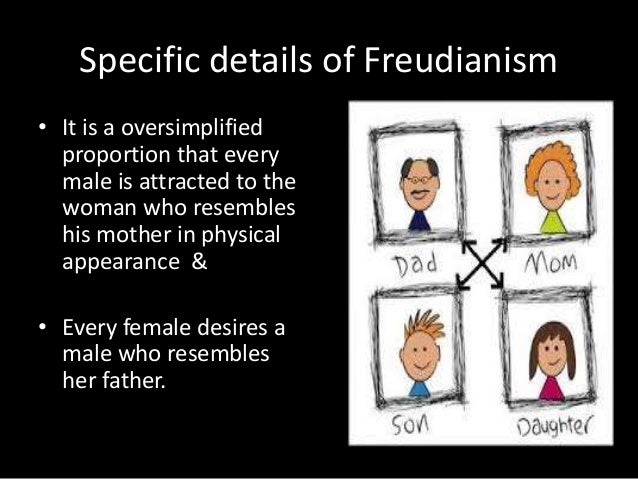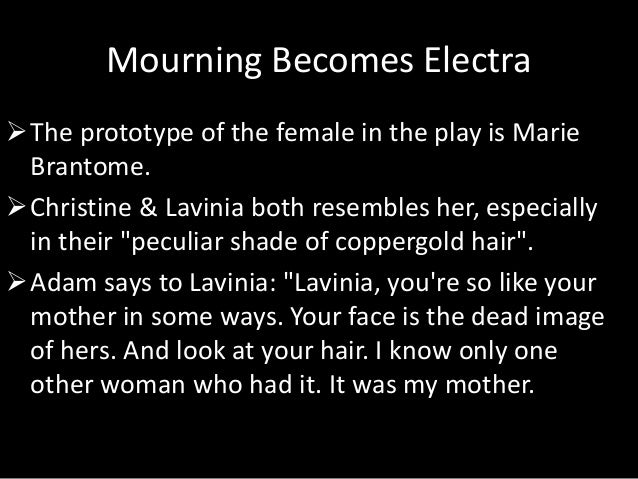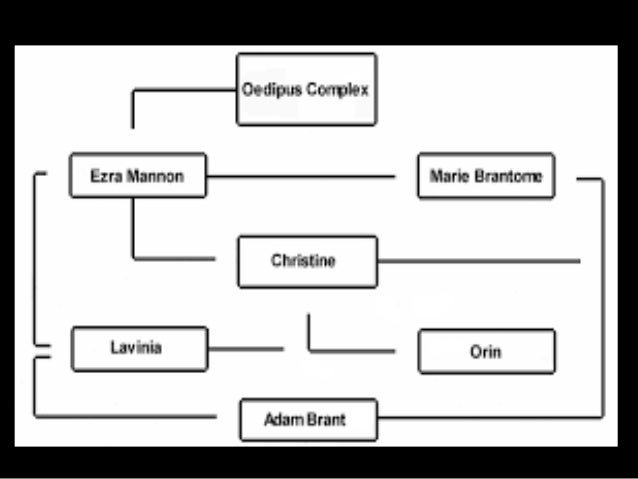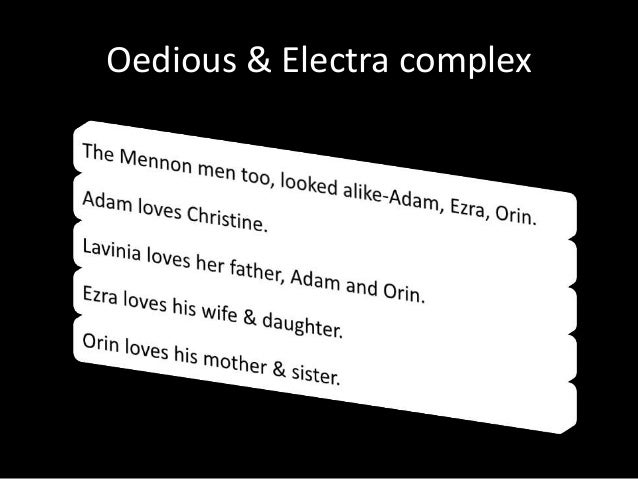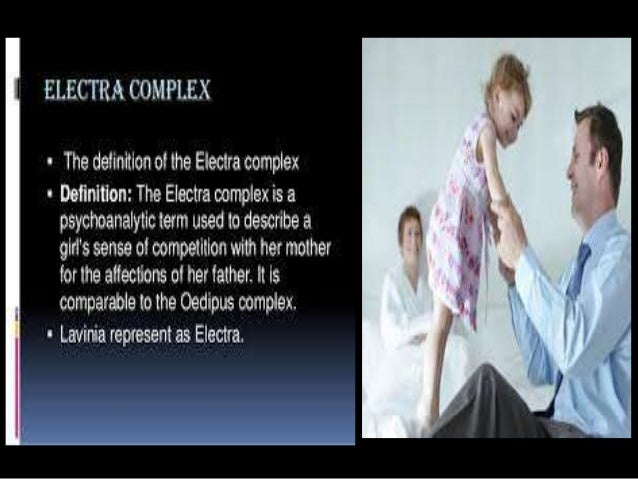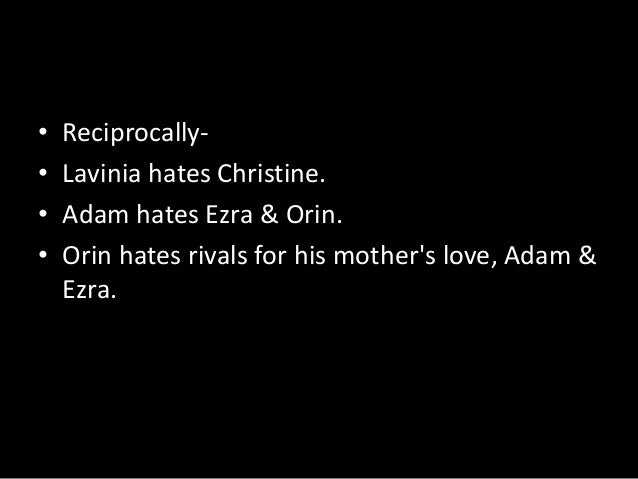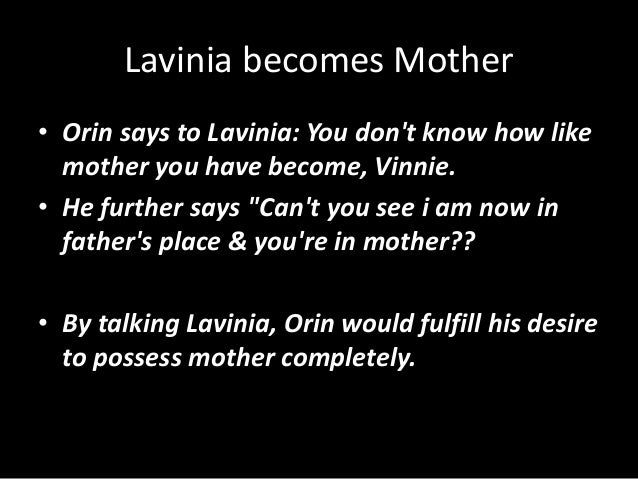Dr. Faustus( the Tragicall History of the Life and Death of Dr. Faustus) is a classic creation of the great Renaissance writer Christopher Marlowe.

The setting of the play is 1580s , and the time and place when Dr. Faustus was written is 1590s , England. And at that time queen Elizabeth was on throne. It was just the beginning of the Renaissance(Reawakening)(dawn). The people were slowly and steadily coming out from the Medieval ideas, from the dark age. Yet it was just Dawn of Renaissance, Medieval thinking was still there. So religion was over powering upon people, darkness was over powered on them.
But Christopher Marlowe challenged that medieval ideas with the help of his great works. Christopher Marlowe’s heroes were hungry for more. Marlowe broke that classical rules and regulation and started to write in Blank Verse. During Renaissance the drama made a swift and wonderful leap into maturity. For the first time it rises to a position of first rate importance. Yet Shakespeare, Ben Jonson, Spencer, Sackville were still to come.
Doctor Faustus is a protagonist, tragic hero of the play. He is brilliant 16th century scholar from the Wittenberg, Germany. He was born to a simple parents. He was very profound, intelligent learner. He had acquired all the knowledge available, like Aristotle’s Analytics, Economy, physics, logic etc. He says “ I have also learned Physics (medicine) if I become doctor than I will be rich –earn gold, but I don’t want that”. “I want to become immortal”
- “couldst thou make men to live eternally
- Or being dead, raise them to life again’’
-first monologue
Dr faustus don’t want to earn name, fame and money. But he wanted to reach at place where no one was reached ever before- and this is the Spirit of Renaissance this thing we can see in the first monologue that he don’t wanted to become lawyer or doctor. But he wanted to do something extraordinary, which make him God. So he says he wants to make dead person alive. So he decided to turn toward necromancy.
This play epitomizes the ideals of the renaissance; egocentrism, the over-indulgence of knowledge and the lust of power. He represents the spirit of renaissance with its rejection to the Medieval, god centered universe, and its embrace of human possibilities. Faustus, at least early on his acquisition of magic is the personification of possibility. Because Faustus gave his life and soul to satan himself for the sake of gaining greater knowledge is the proof that he is a Renaissance hero. He rebels against the limitation set forth by medieval ideas and makes a contract for knowledge and power.
vMedieval versus Renaissance
The play is a clash between the medieval world and the world of emerging renaissance.
The medieval world(dark age) placed God at the centre of existence and shunted aside man and natural world. They thought that if you try to cross the set limit or to try to go beyond something then god will be unhappy and punish you.
The Renaissance was a movement that began in ITALY and soon spread throughout Europe , carrying with it a new emphasis on individual, on classical learning and on scientific inquiry into the nature of the world. In medieval academy, theology was the queen of the science. In the Renaissance, though, secular matters took centre stage.
- · Quest for knowledge
- · To go beyond what nature had given to us
- · Quest for power
- · A desire to be ‘omnipotent’ or ‘demigod’
- · Hunger to achieve impossible (Faustus)
- You can achieve anything you wish, neither religion (internal) nor outer world will trouble toy
- · The insatiable spirit of adventure
- · Enthusiasm to reach a place where no one had reached before
- · Challenge to the ideas of myth and religion
- · Thinking beyond something
- · Try to do impossible
- This all are the spirit of renaissance, which we find in Dr. Faustus.
The legend of Faustus was believed to be a terrible and ennobling example, and a warning to all Christians to avoid the pitfalls of science, pleasure and ambition which had led to Faustus’s damnation. But it has to be noted that the renaissance value represented in what the devil has to offer, and one is loft wondering whether it is the religious life or the worldly life that is more attractive.
All that the good angel in this play has to offer is “warnings”, for instance, the good angels warn Faustus against reading the book of magic because it will bring God’s “heavy wrath” upon his head, and ask him to think about heaven. To this the Evil Angel replied: “ No, Faustus, think of honor and of wealth”
At another point in the play the Evil Angel urges Faustus to go forward in the famous art of magic and to become lord and commander of the earth.
There can be no doubt that the devil here represents the natural ideals of renaissance by appealing to the vague but healthy ambitions of a young soul which wishes to launch itself upon the wide world. No wonder that, Faustus A CHILD OF RENAISSANCE, cannot resist the devil’s suggestions. We like him for his love of life, for his trust in nature, for his enthusiasm for beauty.
In a word, Marlowe’s Faustus is a martyr to everything that the renaissance valued- power, curious for knowledge, enterprise, wealth and beauty. The play shows Marlowe’s own passion for the Renaissance values.
It is said that Good Angel and Evil Angel are the presentation of Faustus’s inner conflict/ mental struggle. At the same time we can also say that Good Angel is symbol of Medieval ideas and Evil Angel is symbol of Renaissance spirit(ideas)The legend of Faustus was believed to be a terrible and ennobling example, and a warning to all Christians to avoid the pitfalls of science, pleasure and ambition which had led to Faustus’s damnation. But it has to be noted that the renaissance value represented in what the devil has to offer, and one is loft wondering whether it is the religious life or the worldly life that is more attractive.
All that the good angel in this play has to offer is “warnings”, for instance, the good angels warn Faustus against reading the book of magic because it will bring God’s “heavy wrath” upon his head, and ask him to think about heaven. To this the Evil Angel replied: “ No, Faustus, think of honor and of wealth”
At another point in the play the Evil Angel urges Faustus to go forward in the famous art of magic and to become lord and commander of the earth.
There can be no doubt that the devil here represents the natural ideals of renaissance by appealing to the vague but healthy ambitions of a young soul which wishes to launch itself upon the wide world. No wonder that, Faustus A CHILD OF RENAISSANCE, cannot resist the devil’s suggestions. We like him for his love of life, for his trust in nature, for his enthusiasm for beauty.
In a word, Marlowe’s Faustus is a martyr to everything that the renaissance valued- power, curious for knowledge, enterprise, wealth and beauty. The play shows Marlowe’s own passion for the Renaissance values.
It is said that Good Angel and Evil Angel are the presentation of Faustus’s inner conflict/ mental struggle. At the same time we can also say that Good Angel is symbol of Medieval ideas and Evil Angel is symbol of Renaissance spirit(ideas)
Good Angel- Medieval thinking

 Evil Angels- Renaissance thinking
Evil Angels- Renaissance thinking
Good Angel:- "o Faustus, lay that damned book aside,
And gaze not on it, lest it tempt thy soul,
And heap God’s heavy wrath upon thy head!
Read, read the scriptures- that is blasphemy."
Evil Angel:- "Go forward, Faustus, in that famous art
Where in all Nature’s treasure contain’d:
But thou on earth as Jove in the sky,
Lord and commander of these elements".
Good Angel:- "sweet Faustus, leave that execrable are.
-prayer, repentance will bring thee unto heaven!"
Evil Angel:- Rather illusion, fruits of lunacy
Good Angel:- sweet Faustus, think of heaven and heavenly things
Evil Angel:-No Faustus, think of honour and wealth
This conversation of Good and Evil Angels sounds as they are presenting the Medieval and Renaissance ideas. Medieval idea was that one should not think apart from god, think only about heaven and god. But the renaissance deconstructs the center. According to Renaissance man is at the center, not god. Rather than giving to much importance to the heaven and god, they preferred art, science, new knowledge and thinking. It becomes quite clear that Good Angel is a medieval idea which wants to restrict Faustus in boundary, while the Evil Angel which is a Renaissance Spirit is freely allowing him to enjoy his life, to do whatever he likes, free play of mind is there.- all are Renaissance Spirit.
Faustus as a man of Renaissance:-
Faustus’s inexhaustible thirst for knowledge, his worship of beauty, his passion for the classics, his skepticism, his interest in sorcery and magic, his admiration for Machiavelli and for super human ambition and will in the pursuit of ideals of beauty of power, or whatever they may be prove the Faustus to be a man of Renaissance.
Faustus appears as a man of the Renaissance in the very opening scene when rejecting the traditional subjects of study, he can subjects of study. He turns to magic and considers the varied user to which he can put his magic skills after he has acquired it. He contemplates the “ world of profit and delight, of power, of honors, of omnipotence” which he hopes to enjoy as a magician. In dwelling upon the advantages which will accrue to him by the exercise of his magic power. He shows his ardent curiosity, his desire for wealth and luxury, his nationalism and his longing for power. These were precisely the qualities of the Renaissance, which was the age of discovery.
Faustus desires gold from East Indies; pearls from the depth of the sea, pleasant fruits and princely delicates form America. Thus, Faustus’s dream of power includes much that had a strong appeal for the English appeal including Marlowe himself.
The Renaissance man was fascinated by new learning and knowledge. He took all knowledge to be his province. He regarded knowledge to be power. He developed an in satiable thirst for further curiosity. Knowledge, power, beauty, riches, worldly pleasure and the like. The writer of this age represented their age in their work. Marlowe is greatest and truest representative of his age. So, the renaissance influence is seen in his every plays Dr.Faustus represents it in many ways.
Thirst for Knowledge/ Intellectual curiosity : -
The most important desire of renaissance man finds expression in Faustus. In the very beginning of the play, he has studied various subjects, logic, metaphysics, Medicine , law , theology. He remarks ‘ yet art thou still but Faustus , and a man.’ So he decides to study “metaphysics of magician and regarded necromantic books as heavenly” with the help of knowledge he wanted to acquire power and to become “as powerful as Jove in the sky”
There was an intellectual curiosity during the renaissance. The new discoveries in science and developments in technology went beyond mere material advances. It was a youthful age to which nothing seems impossible. Before the European, this period opened a new world of imagination and led them to believe that the infinite was attainable. In Dr. Faustus Marlowe has expressed such ideas, when Dr. Faustus says
O , what a world of profit and delight,Of power, of honour, of omnipotence,
Is promised to the studious artisan!
All things that move between the quite poles
Shall be at my command.
Wealth and explorarion.
The renaissance man desired wealth and worldly pleasure. After his agreement with devil he would have spirit at his command to do whatever he liked. He would like them to bring gold from India, pearls from oceans and delicates from every part of the world. So with the help of Mephistopheles he traveled to distant countries and
The tropes, zones, and quarters of the sky
From east to west his dragons swiftly glide
Beside having love of knowledge, power, worldly pleasures Dr. Faustus has the Renaissance spirit of love of beauty. So he wanted to have a wife and fairest maid. As he wanted to see the most beautiful woman in the world, he conjured the HELEN
He expresses his feeling of great delight in following words.
Launches a thousand ships?
And burnt the topeless tower of Ilium.
 |
| same happen with Dr. Faustus. |
v Conclusion
Thus in many ways Dr. Faustus is a Renaissance play.
